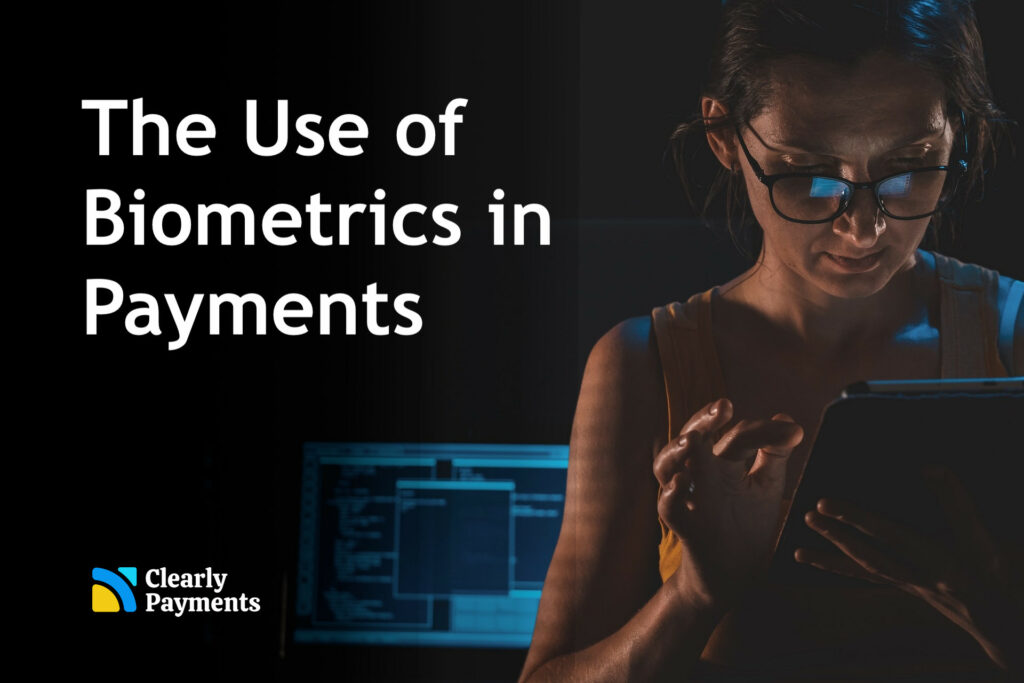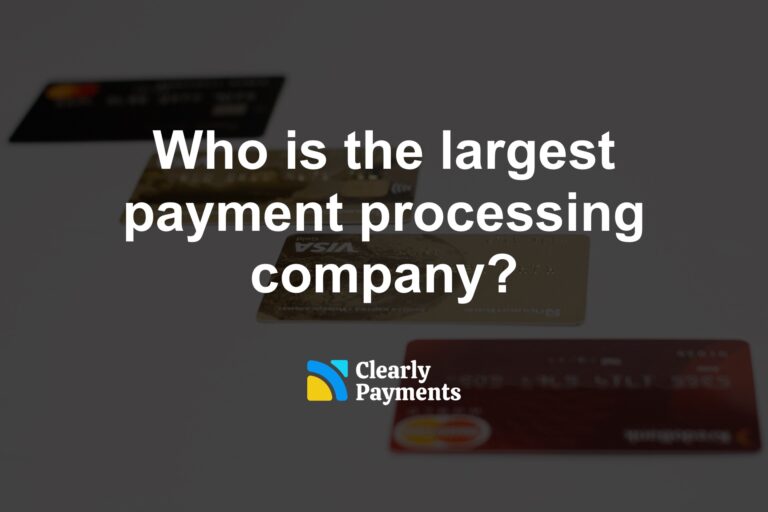The use of biometrics in payments and credit card processing is a growing trend that is changing the way consumers interact with their money. Biometric authentication is the process of using a person’s unique physical characteristics, such as fingerprints, facial recognition, or voice recognition, to verify their identity. In this article, we’ll explore the use of biometrics in payments and its potential benefits and drawbacks.
The history of biometrics in payments
The history of biometrics can be traced back to ancient civilizations that used physical traits, such as handprints and facial features, to identify individuals. However in modern history, fingerprinting emerged as the most widely used biometric technology for identification purposes in the 20th century.
Biometrics has been used in payment systems since the early 2000s. Initially, biometric payment systems were primarily used for government programs and financial institutions to provide secure and convenient payment services.
One of the first biometric payment systems was developed in 2002 by Pay By Touch, a company that provided a fingerprint-based payment system for retailers. Customers could start using the system by providing their fingerprint and then use it to make purchases at participating retailers by simply placing their finger on a scanner at the checkout counter.
In 2005, Mastercard introduced a payment card with a built-in fingerprint scanner, called PayPass Biometric. The card used the owner’s fingerprint to authorize transactions, providing an additional layer of security and convenience.
In recent years, mobile payment systems have become increasingly popular and biometrics has been integrated into many of these systems. For example, Apple Pay, which was introduced in 2014, uses the Touch ID and Face ID biometric technologies on Apple’s devices to authenticate payments. Similarly, Samsung Pay and Google Pay also offer biometric authentication options.
The benefits of biometrics in payments
One of the benefits of biometrics in payments is that it provides a high level of security. Since biometric data is unique to each individual, it is much more difficult for fraudsters to replicate or steal it, making it a reliable way to authenticate payment transactions.
Biometrics can also help to reduce friction in the payment process by eliminating the need for passwords or PINs, which can be difficult to remember and inconvenient to use. Instead, users can simply scan their biometric data to authenticate their identity and complete the transaction, making the payment process faster and more convenient. Here is are the top benefits of biometrics in payments:
-
More Convenience: Biometric authentication offers a more convenient way for consumers to make payments. Instead of entering a password or PIN, customers can simply use their unique physical characteristics to confirm their identity. This can save time and make the payment process faster and more efficient.
-
Increased Security: Biometric authentication is more secure than traditional password or PIN-based authentication. Biometric data is unique to each individual, making it harder to steal or replicate. Additionally, biometric authentication systems can detect fraudulent attempts to use someone else’s biometric data.
-
Reduced Fraud: Biometric authentication can help reduce fraud in credit card transactions. This is because biometric data is unique to each individual, making it difficult for fraudsters to impersonate someone else.
-
Enhanced User Experience: Biometric authentication can provide an enhanced user experience for customers. This is because biometric authentication is intuitive and natural, making it easy for customers to use without requiring extensive training or technical knowledge.
The drawbacks of biometrics in payments
There are some concerns with the use of biometrics in credit card processing around privacy, biometric errors, and cost. As biometrics evolve, businesses and consumers should be aware of the drawbacks of biometrics.
The first drawback relates to privacy concerns. The use of biometric data raises concerns about privacy and the protection of personal information. Customers may be hesitant to share their biometric data with payment processors, especially if they don’t fully understand how it will be used and stored.
Biometrics can also have errors which is a concern. Biometric authentication systems are not foolproof and can make errors. For example, facial recognition systems may struggle to identify people with certain facial features, such as dark skin or facial hair. This can lead to false rejections and a poor user experience.
Lastly, cost is a drawback of biometrics. The implementation of biometric authentication systems can be costly, especially for small businesses. This can be a barrier to adoption, especially if businesses are not convinced that the benefits of biometric authentication outweigh the costs.
The common types of biometrics in payments
There are several examples of biometric authentication being used in payment transactions. Here are some of the most common biometrics used in payments:
Fingerprint recognition: Fingerprint recognition is a common biometric authentication method used in payment transactions. Users can register their fingerprint with a payment provider, and then use it to authenticate payment transactions. Many mobile payment apps, such as Apple Pay, Samsung Pay, and Google Pay, allow users to link their fingerprint to their account so that they can make payments with just a scan of their fingerprint. Some credit cards and debit cards now feature built-in fingerprint sensors, such as the Mastercard Biometric Card, which allows customers to authenticate their payments with their fingerprints.
Facial recognition: Facial recognition is another popular biometric authentication method used in payments. Users can register their face with a payment provider, and then use it to confirm their identity when making a payment. This is very common in mobile phones.
Voice recognition: Voice recognition is a less common biometric authentication method used in payments. Users can register their voice with a payment provider, and then use it to authenticate payment transactions.
Iris recognition: Iris recognition is a biometric authentication method that uses the unique patterns in a person’s iris to verify their identity. While it is not widely used in payment transactions, it has potential for use in high-security payment applications.
Palm vein recognition: Palm vein recognition is a biometric authentication method that uses the unique pattern of veins in a person’s palm to verify their identity. It is not widely used in payment transactions, but has potential for use in high-security payment applications.
These biometric authentication methods can be used in a variety of payment scenarios, such as online payments, mobile payments, and point-of-sale payments.




